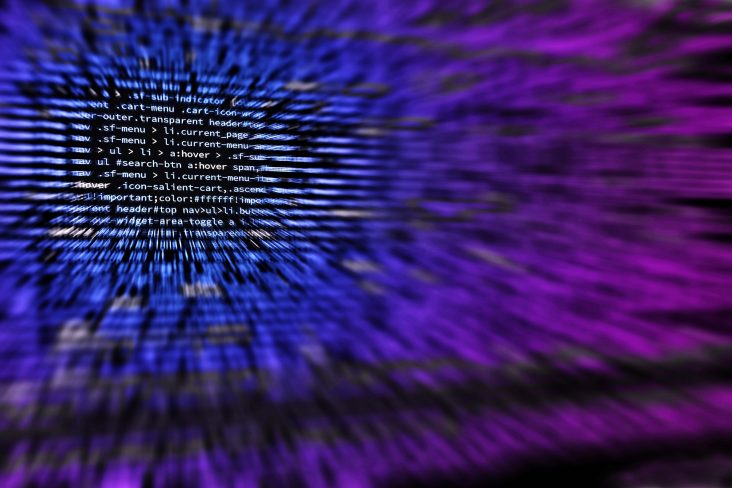What Everyone Ought to Know About Spyware

Spyware is a form of malicious software (malware) that purposely disguises its presence so that it can collect sensitive information from a computer system. Historically, spyware has been distributed using a wide net, trying to bait anyone and everyone that it can. However, in the last year, there has been a significant shift in focus from general consumers to the business sector. For one software company, spyware detections on business scans increased by 142%!
How do I get spyware on my computer?
Like adware, most people are unaware they’ve installed spyware through misleading descriptions or software bundling that disguises its real purpose. Executable files are often hiding in banners, hyperlinks or attachments within emails (sometimes even from trusted sources), or other exchanged data and once shared, spyware can spread like wildfire.
What does spyware do?
There are some variations between the different types of spyware, but they all have the same purpose: to collect user data and forward it along to be used without consent. Spyware targets specific private user data such as passwords, PINs, credit card numbers, form data, browsing history, documents, and email addresses. When combined, this sensitive data can be used for identity theft, credit card fraud or extortion, causing significant financial destruction and personal stress.
What are the signs that I might have spyware on my computer?
Most spyware tends to run a clandestine operation, so if it’s working correctly, there won’t be indicators of its presence on a system. That said, some spyware can consume computer resources, cause functionality issues, system freezes or crashes, and make changes to files and settings. Like adware, this creates a negative experience and considerable frustration for the user. However, these symptoms are attributable to many causes, so most people won’t know that spyware running in the background is causing it.
I might have spyware, what should I do?
Perform a quick google search to find a trusted anti-virus or malware removal software program from a reputable company. Spyware and other malware are often hiding in too-good-to-be-true offers like free anti-virus software downloads. Don’t fall for this trick! After running a software scan, and finding spyware on your system, it’s a good idea to change your passwords. Depending on the nature of the spyware and the information stolen, it may also be worthwhile to consider taking additional steps to protect financial accounts.
How do I prevent a spyware infection on my computer?
Avoid opening emails from unknown senders. Don’t download files from untrusted sources. A good rule of thumb to use whenever you’re not sure if something is from an untrusted source is to assume that it’s not. Scrutinize hyperlinks by mousing over them first to be sure they’re going to the correct location. Use anti-virus or other cybersecurity software and perform scans consistently. Consider adding anti-virus scanning software to your mail server; identifying spyware before it’s ever received.
We spend increasing amounts of our lives online, and it’s challenging to avoid every spyware trick. Savvy navigating will go a long way to prevent falling for the usual methods; using cybersecurity software provides another layer of safety from the rest.
Are there other safety tips for avoiding spyware that we forgot to mention? Let us know in comments!
References:
Spyware. Retrieved from https://www.trendmicro.com/vinfo/us/security/definition/spyware
2019 State of Malware. Retrieved from https://resources.malwarebytes.com/files/2019/01/Malwarebytes-Labs-2019-State-of-Malware-Report-2.pdf
What is Spyware? – Definition. Retrieved from https://usa.kaspersky.com/resource-center/threats/spyware
Spyware. Retrieved May 28, 2019 from https://www.malwarebytes.com/spyware/
What is spyware? And how to remove it. Retrieved from https://us.norton.com/internetsecurity-how-to-catch-spyware-before-it-snags-you.html
